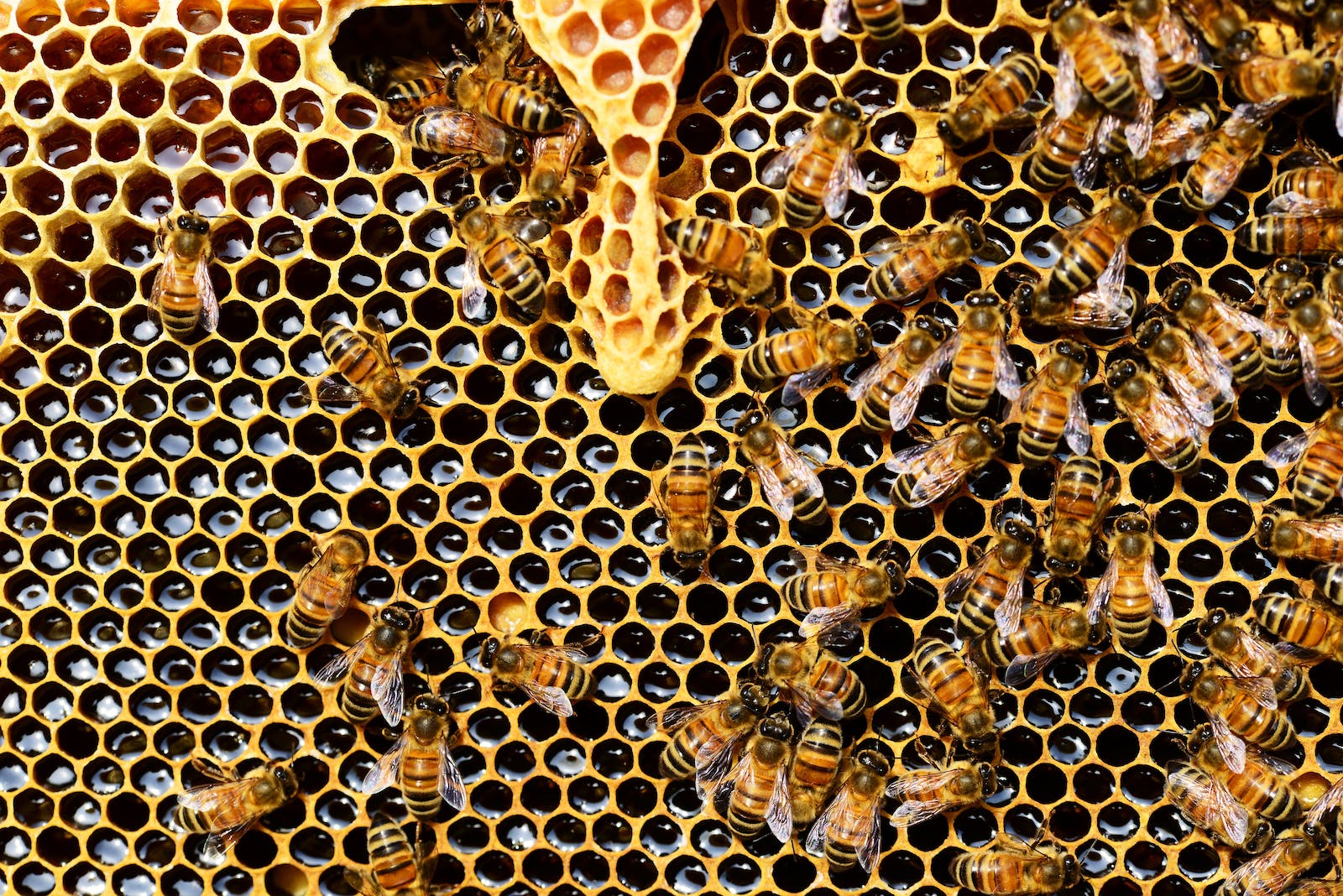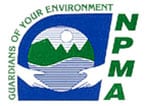 If you discover insect activity around your home, chances are that a hive or nest is close by too. These shelters look different based on the type of insects that made them, and some are more dangerous to be around than others.
If you discover insect activity around your home, chances are that a hive or nest is close by too. These shelters look different based on the type of insects that made them, and some are more dangerous to be around than others.
In this article, we are covering hive identification tips so you can learn about the types of bee nests and what to do when you find a bee or wasp hive on your property.
The Importance of Hive Identification
If you find a hive, it is helpful to know what kind it is so that you know who to call for help. For example, if you have a bee hive on your property, you may choose to hire a local beekeeper who can make use of the bees and honey in a productive way.
However, hives that are bothersome or dangerous require the expertise of a professional exterminator who can safely remove the hive without putting you at risk. Regularly inspecting a hive at your home can help you assess the severity of a potential infestation and whether the insects inside are beneficial or a nuisance.
Bee Hive Identification
There are different types of bee nests because the various species of bees prefer different structures to live in. For example, honeybees thrive in hollow trees and man-made hive box structures. Bumblebees build their nests underground and prefer hidden places like abandoned mice holes and spaces underneath sheds. Carpenter bees build their nests in trees and on the sides or eaves of buildings.
Meanwhile, wasp nests are typically paper-like and gray in color. Wasps build nests in trees, inside sheds and garages, and in other places out in the open. You may find yellow jacket nests in the ground, but other wasps choose to build hives under picnic tables, inside light fixtures, and underneath wood awnings. Unlike bees, wasps do not make honeycombs, so you won’t see the hexagon-shaped clusters of honeycombs if you have wasps.
Bees Nest vs. Wasp Nest
In general, beehives are larger than wasp nests. Wasp nests are often umbrella-shaped and only about two to six inches in diameter. Bee nests can be made of honeycomb, while wasps make their nests with wood pulp and mud.
Beehives can accommodate tens of thousands of bees, while wasp nests can usually only hold a couple of dozen wasps. Look for beehives out in gardens and meadows where there are flowering plants, and look for wasp nests in protected areas, such as overhangs.
Other Types of Hives and Nests
In addition to bees and wasps, you might see other hives or nests around your property and need to identify them. Ants build nests that look like mounds of dirt and extend underground through potentially extensive tunnels. Termites also build nests in underground areas and can eat away at the wooden structures of homes. However, nests are the creations of social insects, and less social insects do not typically build nests, such as stink bugs and Asian beetles.
What to Do When You Find a Hive
Whenever you find a hive on your property in Northern New Jersey, Precise Termite & Pest Control should be your first call. We will send one of our trained specialists out to your home for a free inspection and to confirm what type of hive or nest it is. From that point, we can advise you on the best course of action so that the insects are handled in a safe and humane way without putting you and your family at risk.
Contact us for hive identification help or to handle any kind of pest problem you encounter in Northern New Jersey!





